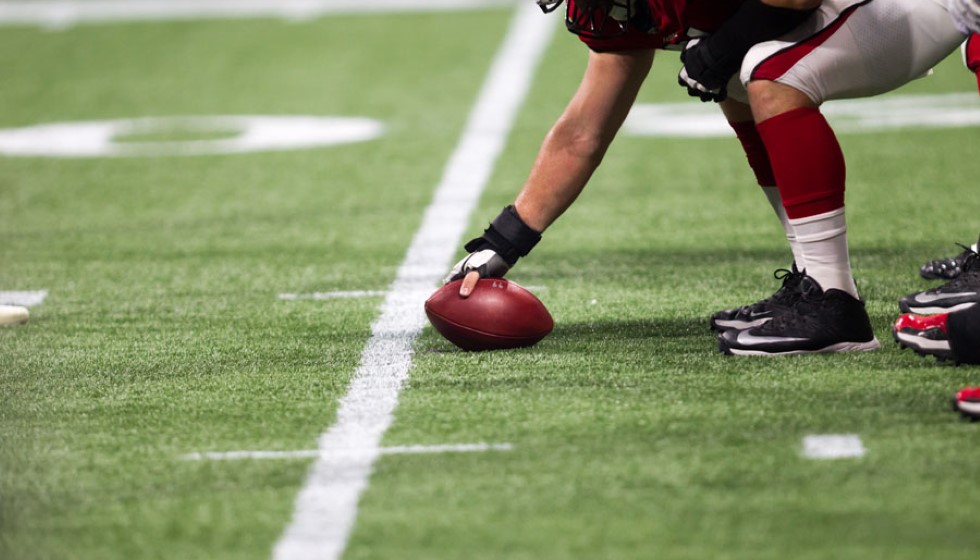
Former NFL star Terrell Suggs found himself embroiled in controversy after a recent incident in Scottsdale, Arizona, that led to his arrest. The altercation, which began as a minor vehicular bump at a Starbucks drive-thru, quickly escalated into a heated exchange. The details surrounding the event have sparked discussions on the boundaries of self-defense and the consequences of perceived undue aggression, especially involving public figures. As the legal system prepares to weigh in, the sports world and its fans are keenly observing the developments.
From Minor Collision to Arrest
The incident in question initiated with what was reported as a minor instance of vehicular contact outside a Starbucks location. According to witnesses, Suggs was backing his vehicle and inadvertently made contact with another. This seemingly trivial bump then led to an argument between Suggs and the other party involved. The situation further intensified, culminating in a second altercation during which Suggs allegedly threatened the life of the other individual and brandished a handgun. Importantly, it was noted that Suggs did not point the weapon at the person.
In response to the escalation, Suggs has expressed that his actions were driven by a fear for his and his family's safety, stating that he felt threatened during the encounter. He recounted being in the Starbucks drive-thru, focusing on a simple task of getting coffee, without any intention of stirring trouble. The confrontation's shift from a minor mishap to a grievous threat paints a complex picture of self-defense dynamics, especially when firearms are involved.
Legal Implications and Charges
The charges against Suggs are serious and multifaceted, including threatening and intimidating, along with disorderly conduct with a weapon. These allegations bring to light the nuanced discussions about the responsibilities that public figures bear in managing confrontations. The legal outcome of this case will likely serve as a precedent, scrutinizing the fine line between defending oneself and exhibiting undue aggression, particularly in situations involving celebrities or athletes.
The Athlete's Legacy and Public Scrutiny
Terrell Suggs is no stranger to the spotlight, having carved out a distinguished career in the NFL, predominantly with the Baltimore Ravens. His accolades, including seven Pro Bowl appearances and securing the AP Defensive Player of the Year award, have solidified his reputation as a formidable athlete. However, incidents such as this bring an athlete's off-field behavior into sharp focus, challenging their public image and legacy.
The unfolding scenario begs the question: What are the off-field responsibilities of athletes, especially those regarded as public figures? This incident emphasizes the delicate balance that must be maintained by those in the limelight, highlighting the impact of their actions on their professional and personal lives.
Reflections and Consequences
Suggs's own words shed light on his mindset during the altercation. He describes an overwhelming fear for his and his family’s safety, suggesting that the incident escalated beyond his control. "I was getting coffee, I was not looking for any trouble," he explained. This defense underscores a critical aspect of human behavior: the instinctual response to perceived threats. It also brings forth the debate on self-defense, especially when the individuals involved are public figures. Suggs continued, "When the man in the other vehicle escalated the situation, I feared for my safety not knowing what his intentions were."
As the legal proceedings move forward, the case will likely explore the nuances of self-defense, public behavior, and the responsibilities that come with celebrity. For Suggs, the ramifications of this incident could extend beyond the courtroom, affecting his public image, legacy, and perhaps, his peace of mind.
In conclusion, while the incident began as a minor collision, it has opened a Pandora’s box of legal, ethical, and societal questions. It spotlights the complex interplay between self-defense, celebrity status, and the legal system's response to such cases. As this story unfolds, it will undeniably continue to capture public and media attention, serving as a case study in the conduct expected of public figures and the legal safeguards against perceived threats.